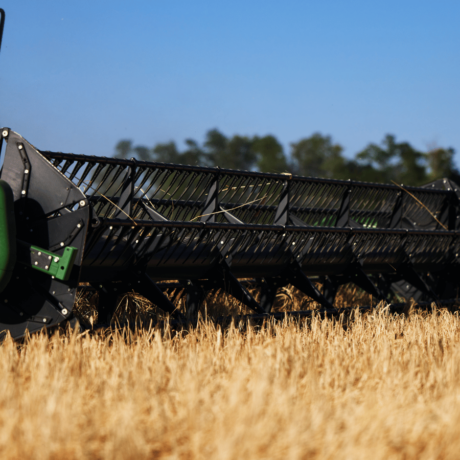How to control yellow rust in wheat without epoxiconazole
Jock Willmott
Mar, 21 2022In an article featured in Farmers Weekly, Jock Willmott comments on the control of yellow rust in wheat without epoxiconazole.
Epoxiconazole was once the mainstay active for cost-effective yellow rust control in winter wheat, but despite its withdrawal, a number of options remain available for use this spring.
After the EU ban of epoxiconazole in April 2020, the Chemicals Regulation Division prohibited the use or storage of products containing the active in the UK from 31 October 2021.
This now leaves growers reliant on remaining azole chemistry, which often comes with a more hefty price tag than epoxiconazole. Strobilurins and SDHIs can also provide control.
Jock comments that tebuconazole will most likely “hold the fort” and act as the main fungicide replacement in the absence of the cost-effective active epoxiconazole.
“Tebuconazole can provide effective control to clean up and protect crops at the T0 timing where rust is identified in a crop and a known history of the disease is apparent,” says Jock.
However, he warns growers to be mindful of product labels as they can be quite different on total maximum dose and intervals between application.
What’s more, he talks of potential concerns over the future of tebuconazole as its extension of use is up for renewal in just two years.
Other effective options include strobilurins such as pyraclostrobin and azoxystrobin, which provide effective yellow rust control when used at T0 and T1.
“In fact, these actives offer greater persistency compared with available azole chemistry.”
It is worth noting strobilurins can only be used a maximum of two times within a programme, so an azoxystrobin/tebuconazole mix could benefit.
Further azole actives to consider include prothioconazole, but this is considerably more expensive than epoxiconazole, costing about £43/litre rather than the previous £15/litre.
While prothioconazole fills the septoria gap, it is less effective on yellow and brown rust than epoxiconazole. A prothioconazole/tebuconazole co-formulation could be used instead.
“There’s also metconazole, but again this is a good deal more expensive than tebuconazole costing about £15/litre, which growers would most likely reach for first.”
Yellow rust usually occurs earlier on in the season at sub-16C, therefore it’s main spray control timings are T0 and T1.
From T2 onwards, yellow rust pressure begins to decrease, and depending on location, brown rust will begin to take hold, mostly in the East.
At this timing, SDHIs and some of the new materials such as Revystar and Univoq can be used, but reports these are not as effective at controlling rust as epoxiconzole once was.
“The SDHI Solatenol can also be used, it is a great rust product but is generally only found in more expensive mixes,” he says.
Jock highlights the major drawbacks of losing epoxiconazole as remaining alternatives mostly hold and protect from yellow rust, unlike epoxiconazole, which eradicated and protected the crop from disease.
“Although epoxiconazole wasn’t the quickest-acting chemical, it was good at protecting the crop against disease and proved very effective when used within a mix,” he adds.
He also notes that modern wheat varieties are more susceptible to yellow rust at younger growth stages. This susceptibility is relative to growth, so as crops develop, they gain resistance.
“In a slower growing year, crops will, therefore, reach this resistance stage later and remain vulnerable to yellow rust for a longer period of time.”
If rust settles in a crop early on in the season, growers should remain vigilant as fungal spores are most likely to disperse through the crop, keeping disease pressure persistent throughout the season. “With this in mind, growers should ensure even spray coverage throughout the crop. If a field section around a tree or headland is missed, this can harbour disease, allowing rust levels to build up and spread within the crop,” he concludes.






